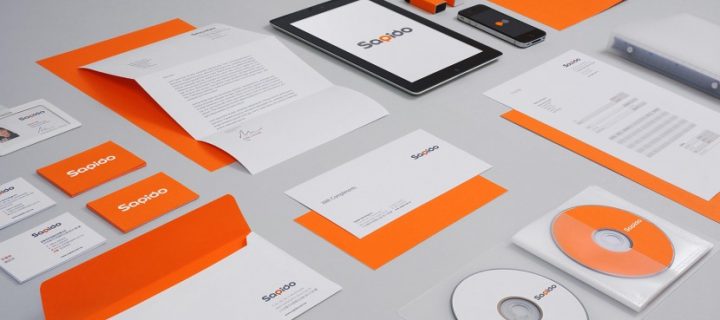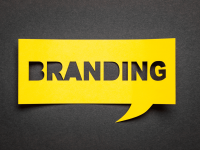No brand or logo is complete or well used if the company does not define its limits and scope through a brand manual. ¿Why is it so important?
In the strict sense, a brand manual is a didactic instrument that contains explicit, orderly and systematic information on objectives, attributions, graphic concepts and other procedures used by the visual proposal of a brand, as well as other points that are considered necessary. having as frame of reference the commercial and historical principles of the company. In the simplest sense, perhaps less exact but much more direct, a brand manual has as its fundamental premise to say how a brand should be used.
What are those elements and exactly what information should you include?
1. THE LOGO AND ITS VARIANTS
This section must include the logo applied on a white background and on a black background. This way you show which variant of the logo should be used when the background is light and when the background is dark.
If your logo has reduced versions or is made up of an icon, you must do the same with those variants as well. In addition, you must specify when those versions can be used.
2. CORPORATE COLORS
It must include a sample of the corporate colors and their corresponding references for printed material and screen.
Pantone – Pantone is the most widely used color catalog in the world and has thousands of different colors to choose from. With this system you make sure that the printed color always remains the same as the sample you have chosen, no matter who prints it.
CMYK – There are 4 figures that indicate an exact combination of cyan, magenta, yellow and black. It is necessary to translate your Pantone colors to CMYK for those occasions when you want to print parts that require more than one ink (when there are many colors or photos, for example). You must bear in mind that the same color in Pantone and in CMYK will not be exactly the same.
rgb – On the screen, the colors are formed by the combination of red, green and blue. Since your brand will sometimes be displayed through a screen, you must specify the RGB combination of your corporate colors.
HTML – It is a code made up of 6 numbers and letters that is used to specify colors in web design.
I recommend that to choose your corporate colors you start looking in the Pantone range and then look for the rest of the equivalences in CMYK, RGB and HTML. Doing it the other way around is a bit trickier.
3. THE TYPOGRAPHIES
Each brand has its own combination of corporate fonts.
Fonts are usually shown by putting all the characters that form it. That is, the letters from A to Z and the numbers from 0 to 9.
The normal thing is to have two fonts, one for headlines and another for text bodies. Although it is not uncommon for a brand to use a single typeface family. In that case, we would play with the different thicknesses.
4. PATTERNS, ICONS AND OTHER GRAPHIC ELEMENTS
This already depends on each case, but it is quite common for a brand to have one or more of these elements:
Pattern – Image used as a visual resource to create backgrounds.
icon set – A set of icons to express different ideas related to the brand.
Photographs – Examples of photographs that fit with the tone of the brand.
5. OPTIONAL EXTRAS
In addition to the basic elements that we have been seeing, your corporate identity manual may include some extra information. The designers you work with will appreciate any guidance on how to apply the mark.
These are some of the extra elements that you can add to your manual if you want it to be a little more complete.
Applications – Examples of how the logo, typography and colors are applied in different situations. It is very common to include stationery designs: business cards, folders, envelopes, stationery... But we can also find more specific applications such as t-shirts, labels or promotional gifts. It depends on the nature of your brand. Personally, I like to include an example where the applied fonts are seen, in this way the size relationship between headlines and text bodies is well appreciated.
incorrect uses – It is about indicating how not The graphic elements of the brand must be applied. For example, you can specify that your logo can never go on a background of a certain color or that it must measure at least 4 cm. Another example: if one of your corporate colors is intended as a secondary color, you can indicate that this color cannot be used on large colored areas.
Moodboard – You can include a collage of inspiring images that express the visual origin of your brand.
![]()








